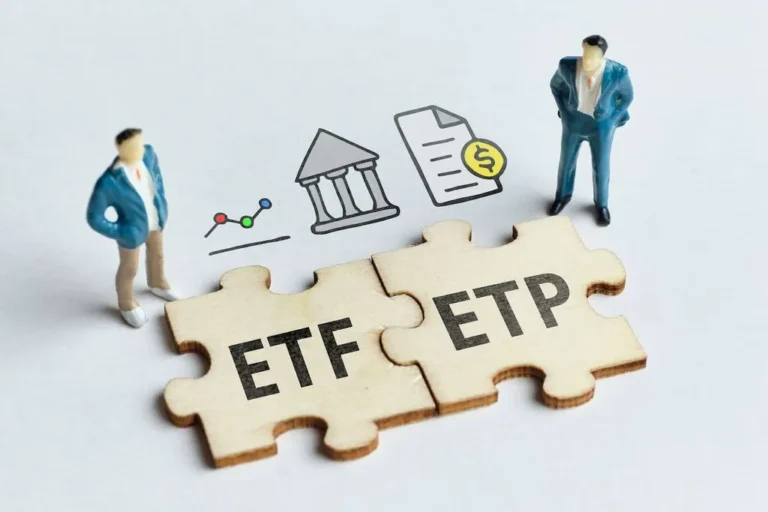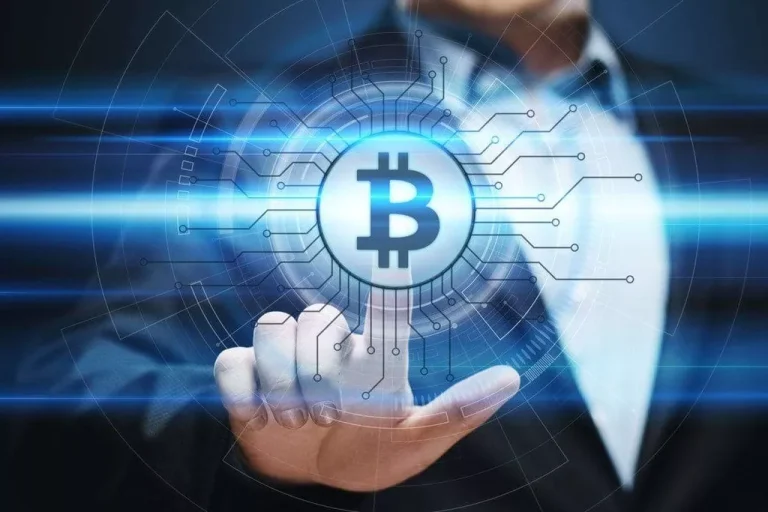Content
Additional security features you should look out for are two-factor authentication (2FA) and biometric access, which can also add to your wallet’s security. Visit the provider’s website or download their app, and sign up for an account. You’ll need to provide personal information and possibly complete a Know Your Customer (KYC) process, which may include uploading identification documents. This defining feature means a true cold wallet goes beyond simply keeping your keys offline, it also air gaps you from potentially malicious Know your customer (KYC) smart contracts as well.
Ensure User-Friendly Interface and Experience
This integration has become an alternative to Bitcoin wallets for businesses that want to have a part of the Blockchain experience without investing in resources to make one from scratch. Several third-party providers offer the option to enable payment through Bitcoin or any other digital currency from within your existing application. This statistically backed rise in demand for cryptocurrency wallets has directly resulted list of crypto wallet in Fintech enthused businesses to add Cryptocurrency Wallets as a part of their revenue and business model. Non-custodial software or “hot” wallets keep your data entirely in your control. Hot wallets are often free to use and may offer add-on services such as staking and lending.
Why can’t I proceed with wallet creation on a jailbroken/rooted device?
A centralized exchange is a cryptocurrency trading platform where you buy, sell, and transfer crypto with the help of an intermediary (the exchange). These exchanges help you with crypto transactions for a fee; https://www.xcritical.com/ however, your crypto might be used by the exchange for personal uses, which is what happened with FTX. To access an account with a centralized exchange via the web, you’ll need a password or PIN most times.
What You Need to Open a Cryptocurrency Account
To use these types of exchanges, you must hold your crypto separately in another wallet and connect it to the decentralized exchange (DEX) when you want to transact. When you’re done, immediately disconnect your wallet from the site for security reasons. Although decentralized exchanges are harder to use, they are more private and can help you transact anonymously, as they don’t require KYC. Although paper wallets are now phasing out, they‘re still practical for storing cryptocurrencies. A typical paper wallet contains your private keys and your address printed on it. Paper wallets are relatively safe, but if the paper gets stolen or goes missing, the thief could easily read your keys and take your crypto, or you lose your crypto forever.

Step #1: Select a Reputable Custodial Wallet Provider
Keep in mind that when choosing a Bitcoin wallet, what you’re really deciding on is whether your main priority is security or convenient access. Every kind of wallet available falls somewhere between those two poles. Not sure which crypto wallet is the most secure for your needs? In this guide, we break down the different elements you should consider when choosing one. After you make your wallet account, you will need to set up security steps.
Major exchanges like Simple offer a quick and easy method of creating a wallet and adding assets to it. It is paramount that the online exchange is regulated and offers custodial wallets. That means there is a governmental authority that oversees the legitimacy of operations on an exchange and that wallets of the clients are protected from hacking attacks on the platform. Offline wallets are physical data storage devices that are not connected to the internet.
- Eventually, any crypto app can be hacked, and it’s your responsibility to educate the customers about cyber hygiene and use cutting-edge tools to protect their funds.
- Also, decide if users will need to create an account to use your wallet.
- Of course, you must always take care when you’re exploring the blockchain.
- Brave’s easy-to-use browser blocks ads by default, making the Web faster, safer, and less cluttered for people all over the world.
- For example, you can go to the Magic Eden Wallet page, click ‘Download,’ and pick between the mobile version or the Chrome extension.
Instead, it creates three “key-shares” that are stored in three separate locations. Make sure you are using reputable and legitimate services before connecting your wallet to Web3 platforms. You can also split your funds and use burner wallets to reduce risks. The demand and comfortability around cryptocurrencies have grown to such an extent that several online stores now offer the ‘Pay with Bitcoin’ option in their apps and websites. With this feature, users are made to sign up or fill in a form with their keys to access the Bitcoin wallet.

The industry is still in its infancy, and many product ideas emerge from our personal experiences as we navigate around different weird issues. That’s really a barebones description of a tech stack for developing a crypto wallet. Think of it as yet another incentive to collaborate with your development partner if they have some experience working with these technologies. We also shared more details about how to create a blockchain application in a separate blog. If users lose their mnemonic passphrase, they’re out of luck accessing their funds.

Knowing how and where to store your crypto before pressing the “buy” button is essential so your crypto investment journey doesn’t suffer an early setback. One thing to note is that you can’t store cryptocurrencies in a regular bank account; they have to be stored in a crypto wallet on reputable crypto exchanges/apps or specialized devices. You have to choose a storage option that is both secure and accessible. Any mistakes can have consequences as significant as losing your entire crypto stash. In 2021, Stefan Thomas, a programmer and Bitcoin enthusiast lost 7,002 Bitcoins (BTC), now worth about $203 million, because he couldn’t remember his wallet password.
Another option to consider with added security is a cold wallet, a specialized piece of hardware that keeps your crypto offline. From setting up a non-custodial wallet to buying and exchanging cryptocurrencies like ETH, BTC, and USDT, Guarda makes it easy. Adhere to the legal and regulatory requirements in the jurisdictions where your wallet will be used.
And while hardware wallets are often called cold wallets, this isn’t accurate. There are different types of secure wallet options you can go with, including crypto exchanges, cold storage wallets, paper wallets, and hot crypto wallets. If you want to access your crypto more quickly, choose either a crypto exchange or hot crypto wallet. If you’d like to focus more on security and storing cryptocurrency offline, cold storage or paper wallets are ideal options.
Some wallets can pair and connect to a hardware wallet in addition to being able to send to them. While sending to a hardware wallet is something most all wallets can do, being able to pair with one is a unique feature. This feature enables you to be able to send and receive directly to and from a hardware wallet.
Your Ethereum address will be generated automatically and found within the wallet interface. Follow the manufacturer’s instructions to initialize your wallet. This process will involve connecting the device to your computer and setting up a PIN code. During initialization, you will also be given a recovery phrase. Choose a custodial provider known for its reliability and security. Consider their reputation, supported currencies, and additional features like interest accounts or loan services.
There are a number of different types of crypto wallets, each with their own feature sets and functions. Varieties include exchange- or web-based wallets, software wallets you install on your laptop or smartphone, small physical devices known as hardware wallets and even paper-based wallets. In today’s digital world, keeping your digital assets safe is very important. A cryptocurrency wallet is a digital tool that helps protect your cryptocurrencies, NFTs, and other digital items. A cryptocurrency wallet is software that secures your crypto assets, allows deposits and transfers.
